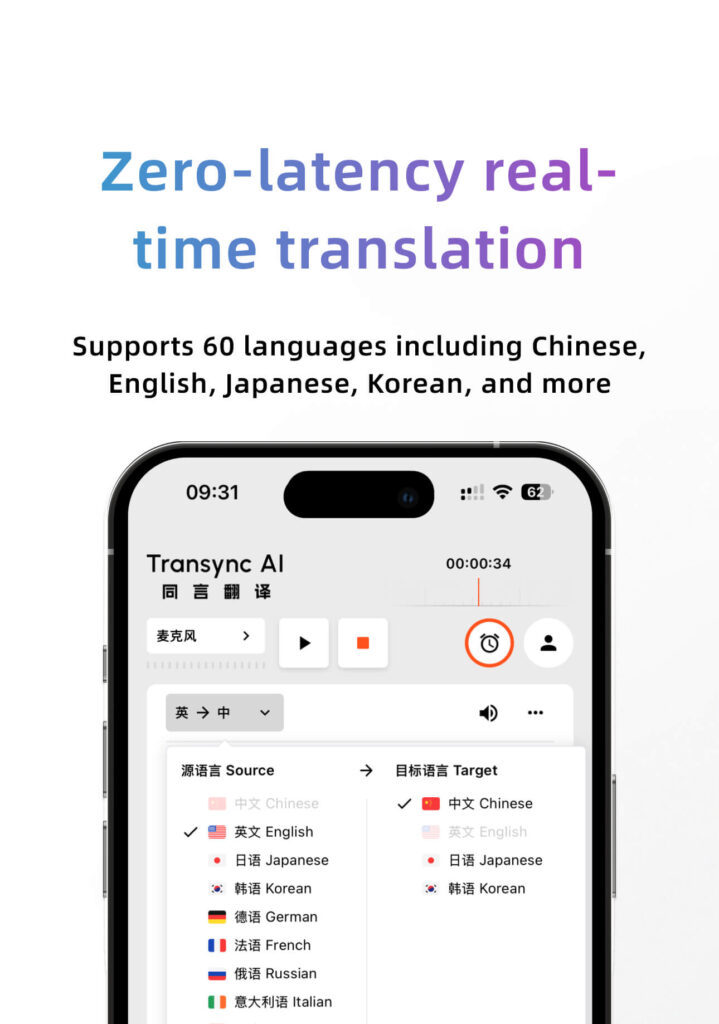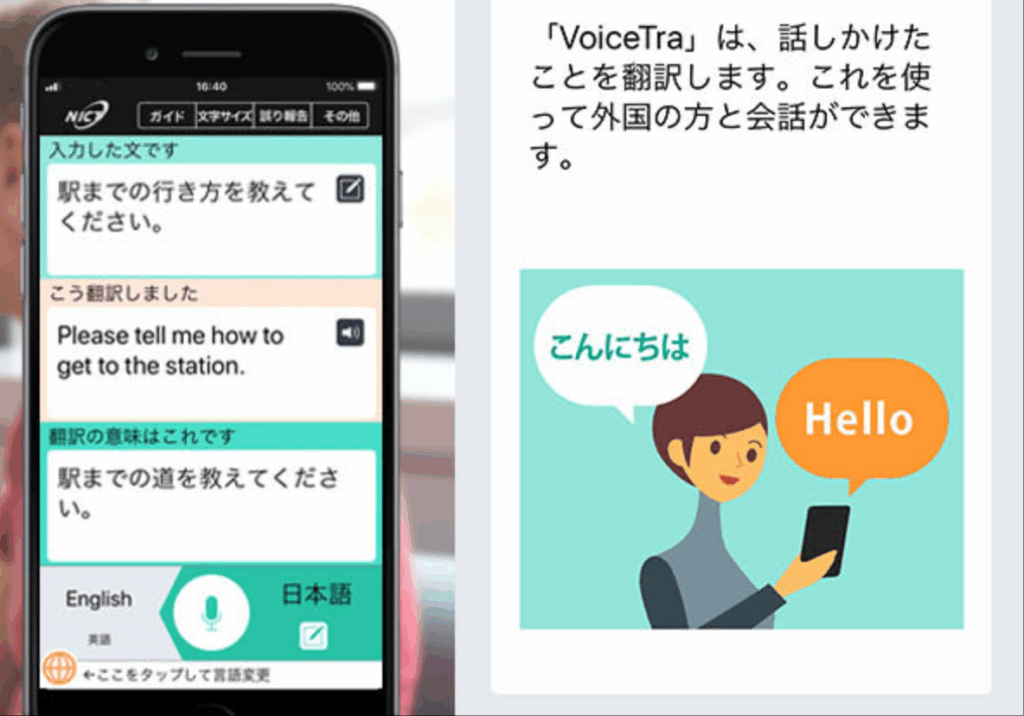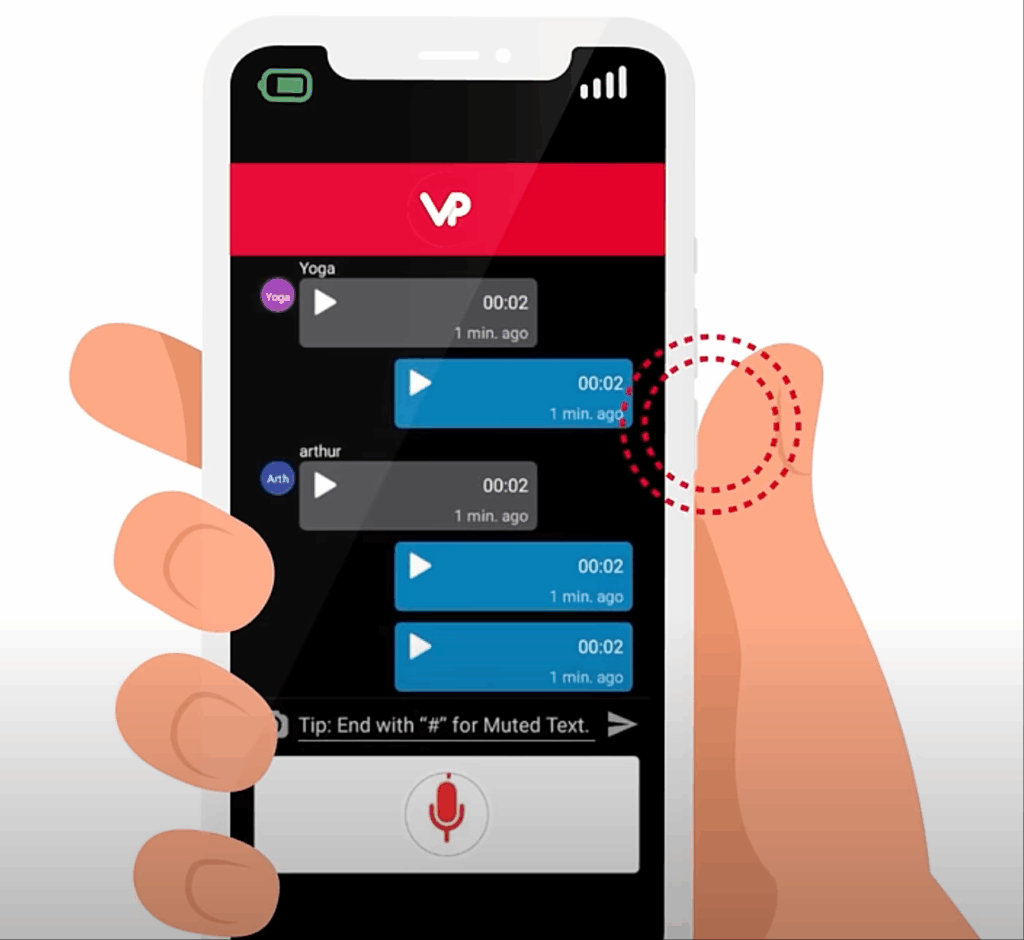
Japan’s culture, business, and tourism attract millions each year — but the language barrier still challenges global communication.
That’s why having the right sound translator Japanese to English is essential in 2025.
These smart tools can listen, understand, and instantly translate spoken Japanese into fluent English with just one tap.
In this guide, we explore the five best options available — and explain why Transync AI is the most powerful sound translator Japanese to English app for professionals, travelers, and creators.
Why Sound Translators Matter in a Japanese-to-English World
Spoken Japanese is rich in nuance, formality, and emotion.
Words like “otsukaresama” or “yoroshiku onegaishimasu” have meanings that shift with tone and context — often beyond what literal translation can capture.
That’s why the best sound translator Japanese to English must do more than convert words.
It should understand context, intonation, and cultural expressions — all while working instantly in live conversations.
Top 5 Sound Translator Apps (Japanese to English, 2025 Edition)
1. Transync AI — The Most Advanced Sound Translator

Transync AI represents the next generation of sound translator Japanese to English technology.
It doesn’t just convert speech — it interprets meaning, tone, and intent, producing results that sound natural and culturally accurate.
Key Features:
- 🎧 Instant speech-to-speech translation (Japanese ↔ English)
- 🧠 Context and emotion recognition
- 💬 AI-generated bilingual transcripts
- 🌍 Accurate accent detection (Tokyo, Kansai, and more)
🎥Watch the Transync AI Demo - 🔗 Works with Zoom, Teams, and mobile apps
🎥 Watch how to use Transync AI
✅ Best for: Business meetings, travelers, and international collaboration
✅ What makes it unique: Real-time sound translation with cultural intelligence
2. Google Translate

The classic translation tool, Google Translate, includes voice translation between Japanese and English.
It’s simple and free, but its sound recognition struggles with speed and accent variations.
✅ Pros: Free, supports many languages
❌ Cons: Robotic speech, limited context understanding
Try Google Translate
3. VoiceTra

Developed by Japan’s National Institute of Information and Communications Technology (NICT), VoiceTra is a favorite among travelers in Japan.
It’s built specifically for short, daily exchanges — like asking directions or ordering food.
✅ Pros: Accurate for simple phrases
❌ Cons: Weak for long or complex sentences
Learn more about VoiceTra
4. VoicePing

VoicePing offers real-time translation for business and online meetings.
It performs well for bilingual speech recognition, particularly in controlled environments like conferences.
✅ Pros: Clear live captions and streaming translation
❌ Cons: Less accurate with informal speech or background noise
Visit VoicePing
5. Jotme.io

Jotme.io specializes in audio translation and transcription for recordings and podcasts.
While not built for live sound translation, it provides excellent accuracy for post-meeting or media translation.
✅ Pros: Great for audio-to-text and subtitling
❌ Cons: No live sound translation
Try Jotme.io
Comparison Table: Best Sound Translator (Japanese to English)
| Feature | Transync AI | Google Translate | VoiceTra | VoicePing | Jotme.io |
|---|---|---|---|---|---|
| Real-Time Sound Translation | ✅ Yes | ✅ Basic | ✅ Yes | ✅ Yes | ❌ No |
| Context Awareness | ✅ Advanced | ⚠️ Limited | ⚠️ Basic | ⚠️ Moderate | ✅ Post-processed |
| Accent Recognition | ✅ Excellent | ❌ Weak | ✅ Good | ⚠️ Average | ⚠️ Moderate |
| AI Summaries | ✅ Built-in | ❌ No | ❌ No | ⚠️ Partial | ✅ Yes |
| Offline Mode | ❌ Internet required | ✅ Yes | ✅ Yes | ❌ No | ✅ Yes |
| Best Use Case | Business, travel, education | Casual use | Tourists | Meetings | Recordings |
✅ Verdict: For live, natural Japanese-to-English sound translation, Transync AI clearly leads — offering unmatched precision, fluency, and contextual understanding.
Why Transync AI Is the Top Choice
What sets Transync AI apart is its ability to interpret how something is said, not just what is said.
It detects tone, emotion, and politeness levels — crucial in Japanese culture — to produce translations that feel authentic and human.
Other apps like VoicePing or Jotme.io serve specific purposes, but Transync AI combines real-time speed, accuracy, and AI intelligence in one.
💡 Example:
When someone says “Yoroshiku onegaishimasu”, Transync AI renders it as “It’s a pleasure to work with you”, not just “Please take care of me.”
That’s the difference between translation — and true communication.
FAQ: Sound Translator Japanese to English
Q1: What’s the best sound translator for Japanese to English in 2025?
A: Transync AI, for its real-time translation accuracy and contextual understanding.
Q2: Can Transync AI recognize Japanese accents?
A: Yes, it handles regional variations like Tokyo, Kansai, and Okinawa accents fluently.
Q3: Is it suitable for live meetings?
A: Absolutely. Transync AI integrates with platforms like Zoom, Teams, and web browsers.
Q4: Does it work offline?
A: No, Transync AI uses live AI processing for accuracy, requiring an internet connection.
Conclusion
Whether you’re traveling in Japan, working with Japanese clients, or simply enjoying Japanese media, having the right sound translator Japanese to English can transform your experience.
While Google Translate, VoiceTra, VoicePing, and Jotme.io offer solid performance, Transync AI remains the most powerful, intelligent, and natural-sounding option.
It doesn’t just translate — it helps you truly understand.
If you want a next-generation experience, Transync AI leads the way with real-time, AI-powered translation that keeps conversations flowing naturally. You can try it free now.


